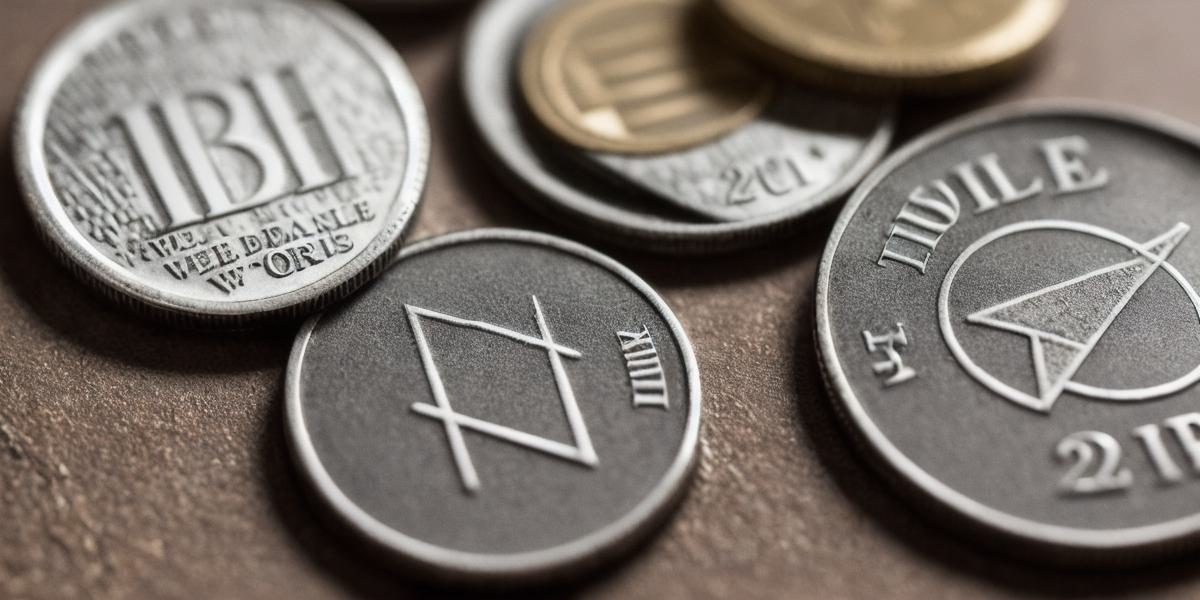Web2 vs Web3: Which One Reigns Supreme?

With the advent of blockchain technology, it’s no surprise that Web3 has been gaining popularity among developers and users alike. But is Web3 really better than Web2? In this article, we will explore the differences between these two platforms and determine which one reigns supreme.
Web2 vs Web3: What are the key differences?
Web2 refers to the current version of the internet, which is centralized and controlled by a few large corporations such as Google, Facebook, and Amazon. It is based on client-server architecture, where users send requests to centralized servers and receive responses.
On the other hand, Web3 refers to the decentralized version of the internet, which is powered by blockchain technology. It is based on a peer-to-peer network, where users interact directly with each other without the need for intermediaries.
One of the main advantages of Web3 is its decentralization. This means that there is no single point of failure and the platform is not controlled by any one entity. Instead, it is governed by a distributed network of nodes, which ensures that the platform is secure, reliable, and resilient.
Another key difference between Web2 and Web3 is their level of privacy. With Web2, users have to trust that their data is being stored securely by the centralized servers. However, with Web3, users have complete control over their data and can choose who they want to share it with.
Web3 also offers greater interoperability between different applications and services. This means that users can easily move their data and assets between different platforms without having to re-enter the same information.

Now let’s take a closer look at some real-life examples of how Web2 and Web3 are being used in practice.
Web2: Social Media and E-commerce
Social media platforms such as Facebook, Twitter, and Instagram are prime examples of Web2. These platforms allow users to connect with each other, share content, and interact with brands. However, they are also centralized and controlled by a few large corporations, which means that there is no guarantee that user data will be kept private or secure.
E-commerce websites such as Amazon and eBay are also Web2 platforms. They allow users to purchase products and services from online retailers. However, these platforms are also centralized and controlled by a few large corporations, which means that there is no guarantee that user data will be kept private or secure.
Web3: Decentralized Social Media and E-commerce
Decentralized social media platforms such as Steemit, Dfinity, and Kuzma are examples of Web3. These platforms allow users to connect with each other, share content, and interact with brands in a decentralized manner. This means that user data is not controlled by a central authority and is instead stored on a distributed network of nodes.
Decentralized e-commerce platforms such as OpenBazaar and Bitcart are also examples of Web3. These platforms allow users to purchase products and services from online retailers in a decentralized manner, which means that user data is not controlled by a central authority and is instead stored on a distributed network of nodes.
Expert Opinion
According to Andreas Antonopoulos, a leading blockchain expert and author, "Web3 has the potential to revolutionize the way we interact online. It offers greater privacy, security, and interoperability, which means that users can take back control of their data and assets."
Conclusion
In conclusion, Web2 and Web3 are two different platforms with different strengths and weaknesses. While Web2 is good for centralized applications such as social media and e-commerce, Web3 is better suited for decentralized applications that require greater privacy, security, and interoperability. Ultimately, the choice between these two platforms will depend on the specific needs of each individual user or organization.
FAQs
Q: What is Web2?
A: Web2 refers to the current version of the internet, which is centralized and controlled by a few large corporations such as Google, Facebook, and Amazon. It is based on client-server architecture, where users send requests to centralized servers and receive responses.
Q: What is Web3?
A: Web3 refers to the decentralized version of the internet, which is powered by blockchain technology. It is based on a peer-to-peer network, where users interact directly with each other without the need for intermediaries.
Q: What are the main advantages of Web3?
A: The main advantages of Web3 include its decentralization, greater privacy, and improved interoperability between different applications and services.








